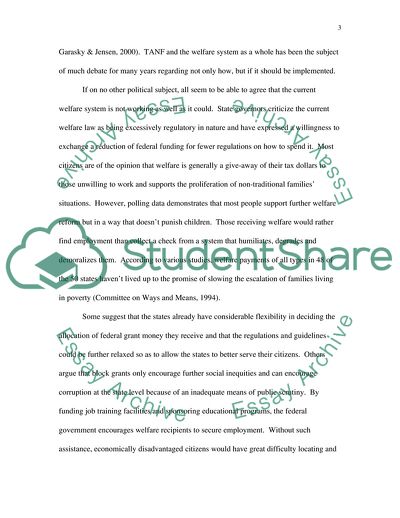Cite this document
(Welfare Does More Harm Than Good Essay Example | Topics and Well Written Essays - 3250 words, n.d.)
Welfare Does More Harm Than Good Essay Example | Topics and Well Written Essays - 3250 words. https://studentshare.org/politics/1712096-welfare-does-more-harm-than-good
Welfare Does More Harm Than Good Essay Example | Topics and Well Written Essays - 3250 words. https://studentshare.org/politics/1712096-welfare-does-more-harm-than-good
(Welfare Does More Harm Than Good Essay Example | Topics and Well Written Essays - 3250 Words)
Welfare Does More Harm Than Good Essay Example | Topics and Well Written Essays - 3250 Words. https://studentshare.org/politics/1712096-welfare-does-more-harm-than-good.
Welfare Does More Harm Than Good Essay Example | Topics and Well Written Essays - 3250 Words. https://studentshare.org/politics/1712096-welfare-does-more-harm-than-good.
“Welfare Does More Harm Than Good Essay Example | Topics and Well Written Essays - 3250 Words”. https://studentshare.org/politics/1712096-welfare-does-more-harm-than-good.


